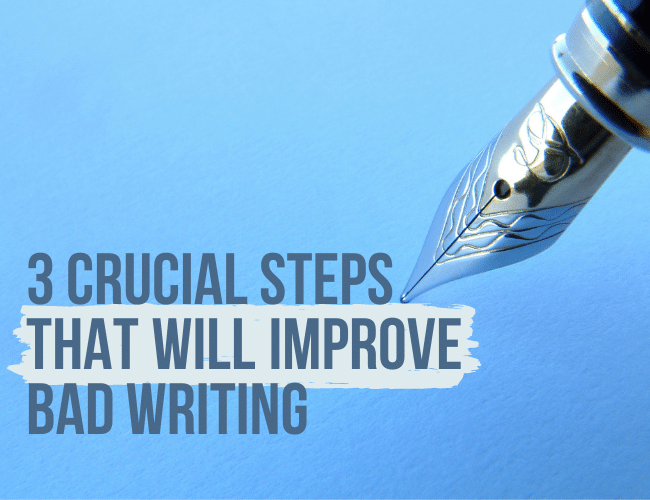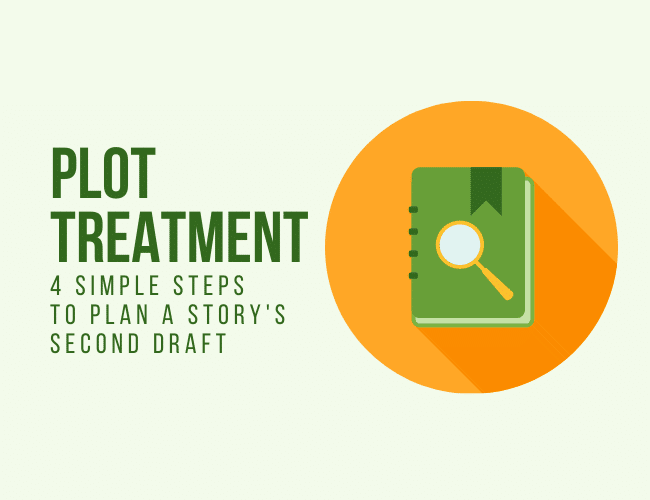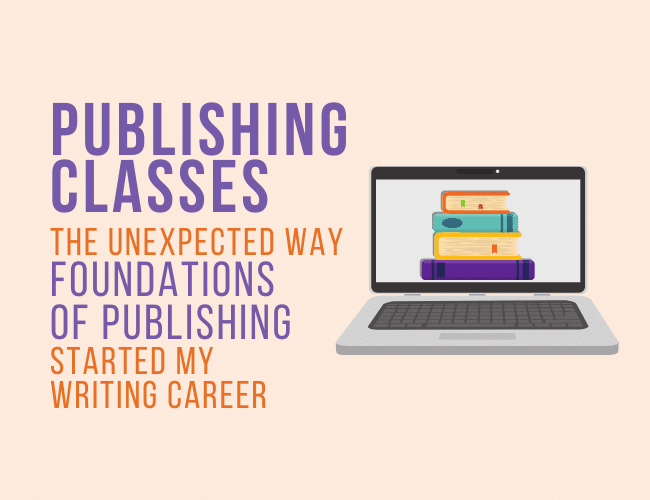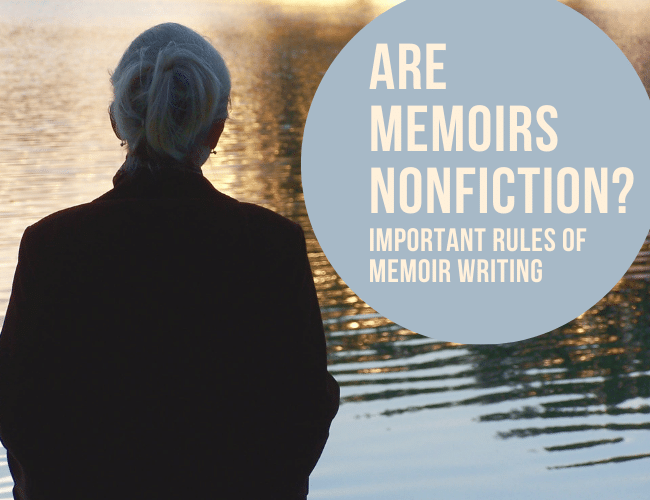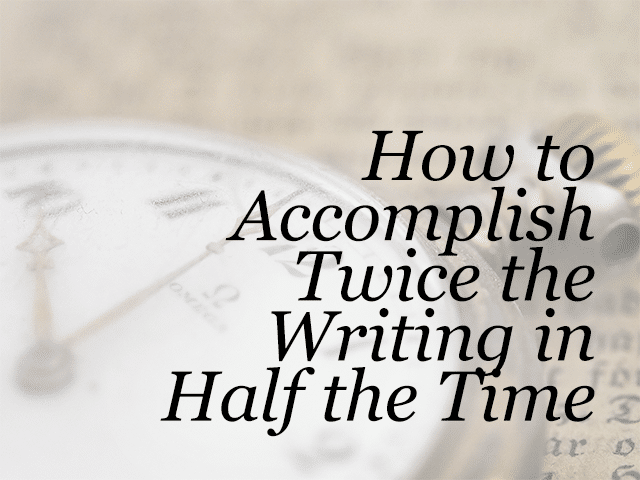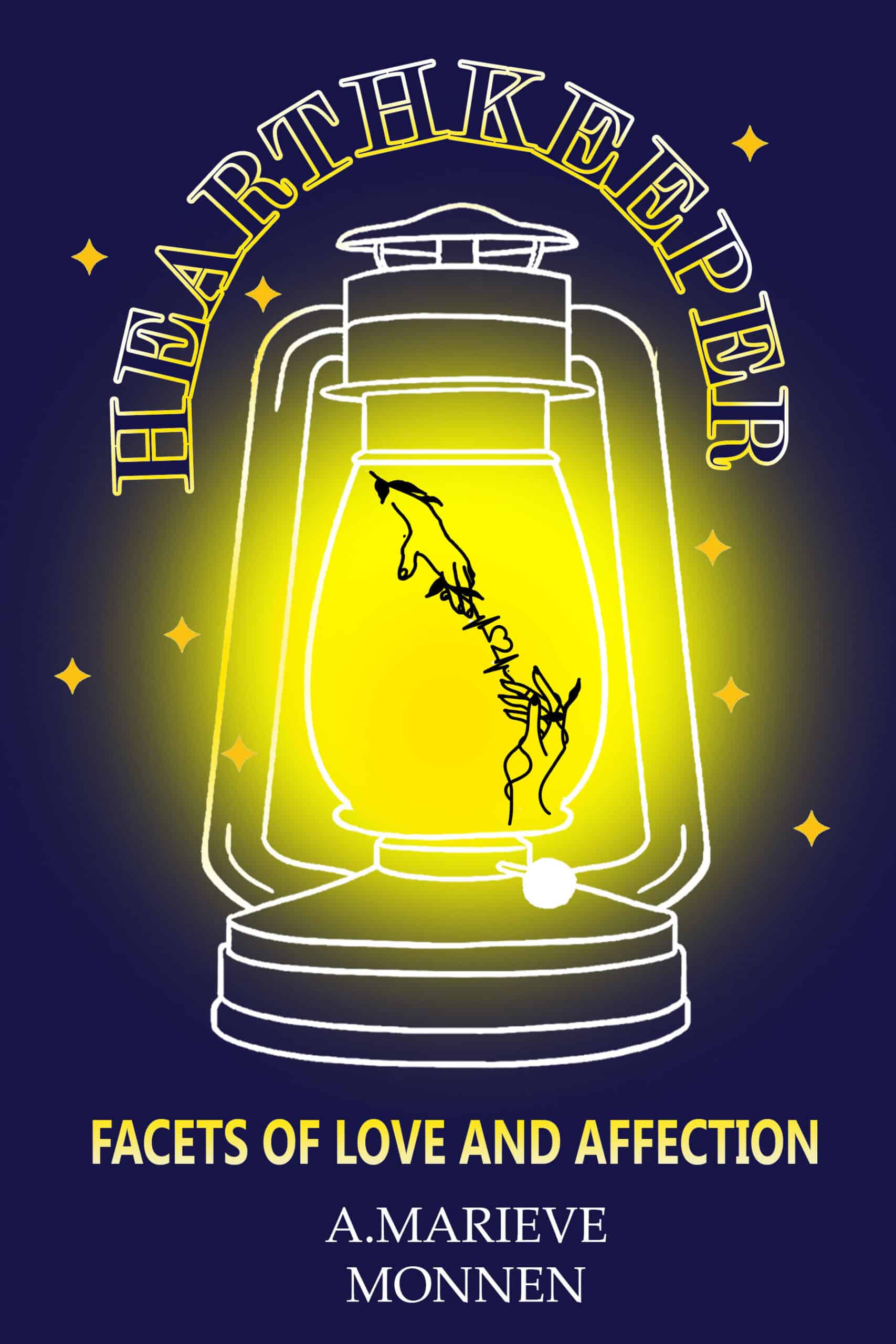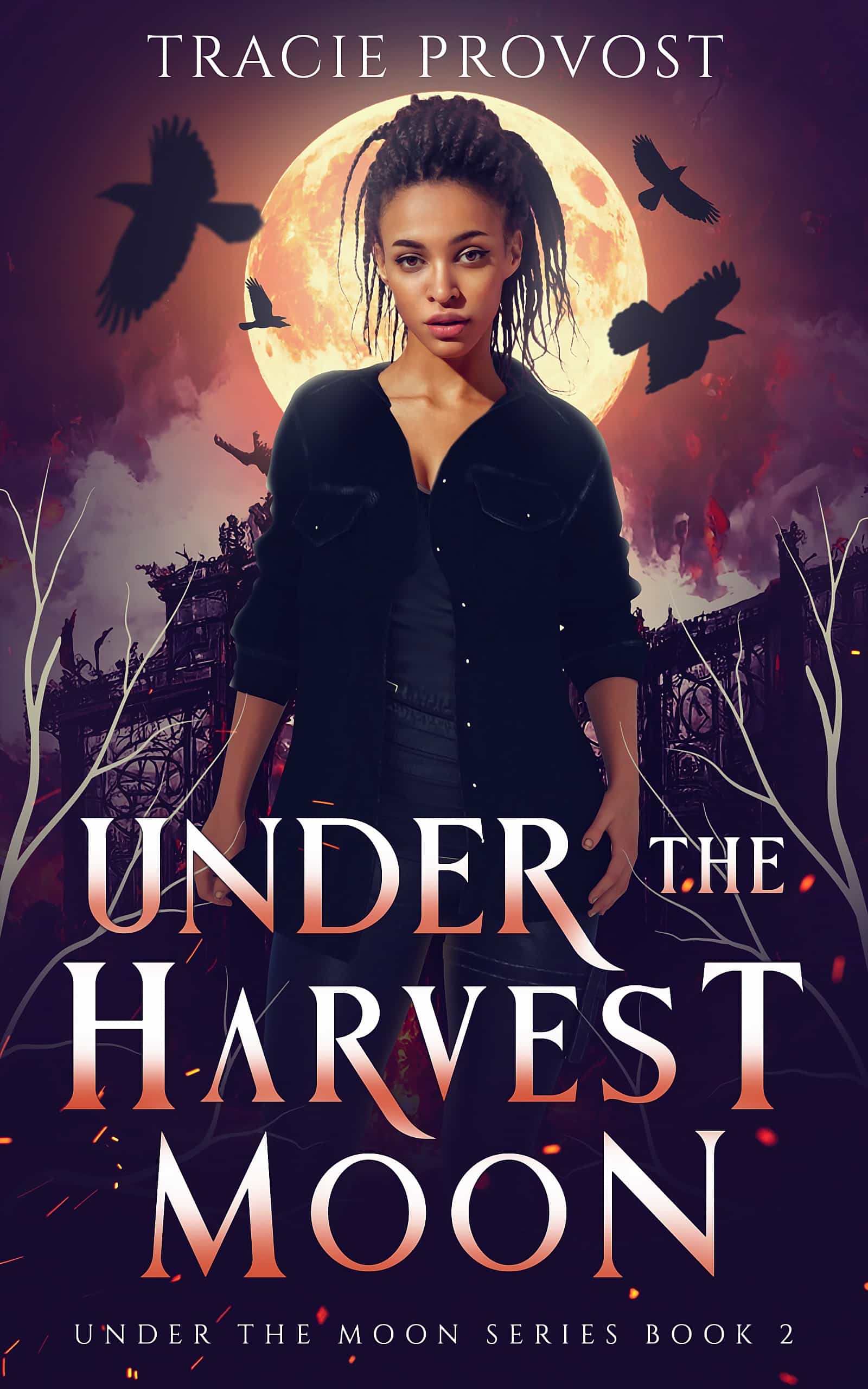Something happened to you. Maybe last year, or maybe twenty-five years ago, but it left its mark. It could be a crazy adventure or journey, or a massive trauma—or just a period of your life that really shaped who you’ve become. And you’d like to write it up as a book. The question is, should you write it as a memoir—or could it work better as a roman à clef?
Your decision will determine whether you stick as closely to real life as you can, or embellish and change things a little (or a lot) and call it fiction.
Writing in roman à clef is a choice many memoir writers make after deciding they need to fictionalize their story—and there’s nothing wrong with that!
In this article, you’ll learn exactly what roman à clef is, some guidelines of how to write a story using it, and why this choice can make a surprising—possibly better—direction for your future book.


